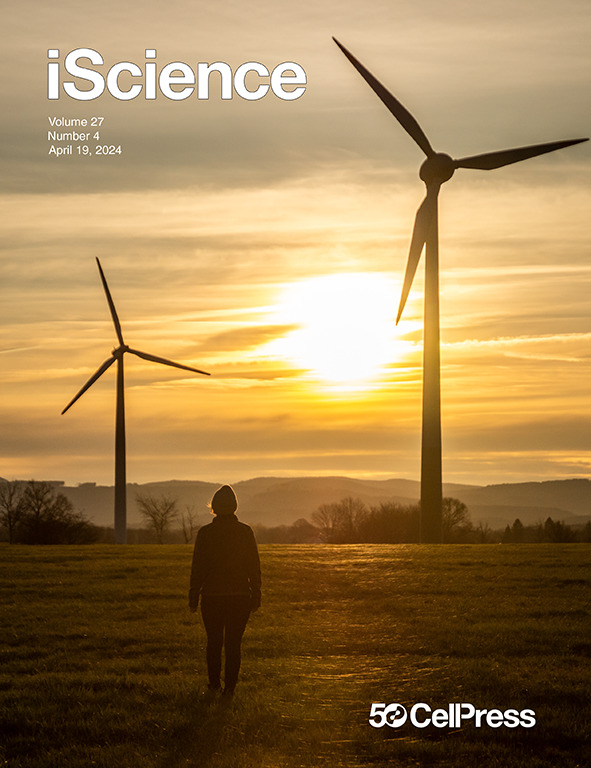Dynamically tunable photonic manipulation and sensing in graphene array-driven Bragg gratings
IF 4.1
2区 综合性期刊
Q1 MULTIDISCIPLINARY SCIENCES
引用次数: 0
Abstract
This study proposes a dynamically tunable optical sensor (DFBG-GA) based on the integration of a distributed feedback Bragg grating (DFBG) and a graphene array (GA). Through theoretical analysis and numerical simulations, we demonstrate that the transmission spectrum of DFBG-GA exhibits prominent resonance peaks, the linewidth and wavelength of which can be dynamically tuned by adjusting the graphene chemical potential, the number of Bragg grating periods, and the cavity thickness. Experimental results reveal that the structure achieves a refractive index sensitivity of up to 10,430 nm/RIU, with a strong linear response (R2 > 0.98). Furthermore, the average figure of merit (Δλ/Δμ) for graphene chemical potential tuning reaches 9.5904 μm/eV, indicating efficient dynamic modulation capabilities. These findings suggest that this architecture has promising potential for applications in biosensing, environmental monitoring, and related fields.

石墨烯阵列驱动Bragg光栅的动态可调谐光子操纵和传感
本研究提出了一种基于分布式反馈布拉格光栅(DFBG)和石墨烯阵列(GA)集成的动态可调谐光学传感器(DFBG-GA)。通过理论分析和数值模拟,我们证明了DFBG-GA的透射光谱具有突出的共振峰,其线宽和波长可以通过调节石墨烯化学势、布拉格光栅周期数和腔厚来动态调节。实验结果表明,该结构的折射率灵敏度高达10430 nm/RIU,具有较强的线性响应(R2 >;0.98)。此外,石墨烯化学势调谐的平均优值(Δλ/Δμ)达到9.5904 μm/eV,表明其具有高效的动态调制能力。这些研究结果表明,该结构在生物传感、环境监测等相关领域具有广阔的应用前景。
本文章由计算机程序翻译,如有差异,请以英文原文为准。
求助全文
约1分钟内获得全文
求助全文
来源期刊

iScience
Multidisciplinary-Multidisciplinary
CiteScore
7.20
自引率
1.70%
发文量
1972
审稿时长
6 weeks
期刊介绍:
Science has many big remaining questions. To address them, we will need to work collaboratively and across disciplines. The goal of iScience is to help fuel that type of interdisciplinary thinking. iScience is a new open-access journal from Cell Press that provides a platform for original research in the life, physical, and earth sciences. The primary criterion for publication in iScience is a significant contribution to a relevant field combined with robust results and underlying methodology. The advances appearing in iScience include both fundamental and applied investigations across this interdisciplinary range of topic areas. To support transparency in scientific investigation, we are happy to consider replication studies and papers that describe negative results.
We know you want your work to be published quickly and to be widely visible within your community and beyond. With the strong international reputation of Cell Press behind it, publication in iScience will help your work garner the attention and recognition it merits. Like all Cell Press journals, iScience prioritizes rapid publication. Our editorial team pays special attention to high-quality author service and to efficient, clear-cut decisions based on the information available within the manuscript. iScience taps into the expertise across Cell Press journals and selected partners to inform our editorial decisions and help publish your science in a timely and seamless way.
 求助内容:
求助内容: 应助结果提醒方式:
应助结果提醒方式:


